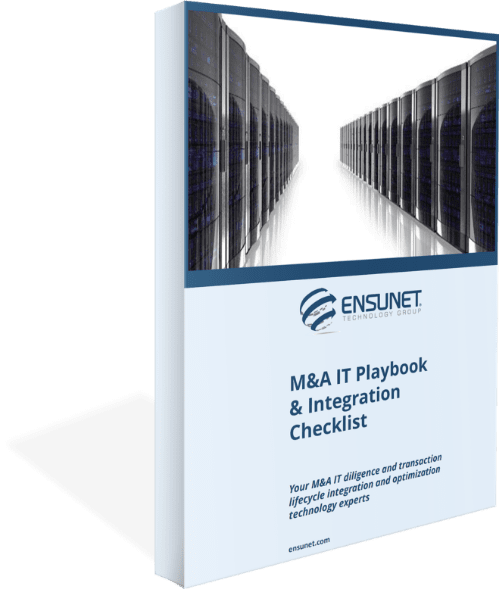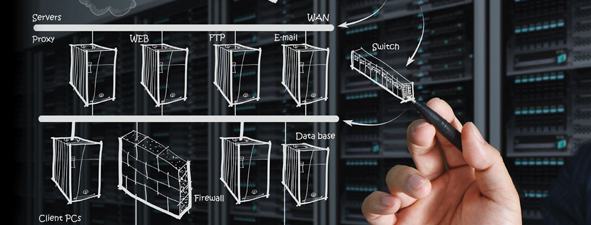M&A IT Playbook & Integration Checklist
Free M&A IT Playbook & Integration Checklist

M&A IT Playbook & Integration Checklist


A global medical device company that creates lifesaving technologies used by doctors and hospitals around the world. Given the complexity of the regulatory frameworks of their industry, in 2009 they installed an Enterprise Resource Planning (ERP) system to help them run their operations more efficiently on a global scale.
As a publicly traded company operating in the healthcare industry, this organization made the decision to install Microsoft Dynamics AX 2009 to help them remain in compliance with multiple regulatory frameworks,
such as the Food and Drug Administration (FDA) and Sarbanes Oxley (SOX). Under advice from the prior vendor, individual departments were allowed to work directly with a software development vendor to request
custom modifications of the ERP system to suit their respective needs.
The resulting flood of ad hoc customizations tripled the projected development costs from the original $7 million estimate to $39 million over the course of just three years. The customizations were poorly
executed and required extensive maintenance. They also made it difficult for the IT department to release global updates to the ERP system. In addition to triggering multiple custom support issues the customizations also compromised system security.
This chaotic situation was brought to a halt when the previous IT leadership was replaced with a new team after our client,a large healthcare conglomerate, acquired the medical device company. Once the acquisition was completed, Ensunet was brought on board to accomplish two main goals:
• Overhaul and update the ERP system to better integrate global
operations as was originally intended
• Revamp IT operations and rein in out of control software development
expenditures
Optimize the process for identifying critical requirements and compliance issues. Our client had not released a global update of their ERP since its initial rollout, three years before. The extensive customizations also meant that the system was not being used as efficiently as management had hoped. Reporting on a global scale had
become increasingly difficult.
By the time Ensunet was brought on board, internal stakeholders throughout the organization had lost confidence in the ability for IT to provide a workable solution. After individually meeting with stakeholders throughout the organization to understand their needs and how they were using their ERP, we released an update that
addressed a critical need that was highly desired throughout the organization. After that, we set up a Change Advisory Board to surface critical compliance requirements and manage change requests. The Board would serve as a gatekeeper to identify high priority system updates on an ongoing basis.
The Ensunet team served in a fiduciary capacity to offer much needed transparency over IT expenditures. The previous vendor had been allowed to set up separate arrangements with individual departments to develop custom solutions for those sub applications that interfaced with the ERP. The result was a hodgepodge of customizations that were improperly coded and which compromised the integrity of the system
as a whole. We centralized control over all change requests and oversaw the transfer of development responsibility to a different vendor.
Overhauled IT operations to increase visibility and accountability. We encouraged our client to play an active, coordinated role in setting IT priorities. This would prevent their IT department from being caught in the middle of a turf war between competing business lines. It would also increase stakeholder commitment towards a positive outcome.
• Spearheaded monthly stakeholder meetings with a Change Advisory Board. We invited high-level key stakeholders (directors,vice presidents, and CTOs)throughout the organization to meet on
a monthly basis to discuss key updates, identify critical compliance requirements, and establish development priorities.
• Implemented a regular cadence for product releases. Over a span of 18 months, we issued 10 releases. Six of these releases were for the ERP system itself. The remaining four addressed a critical module that interfaces with the ERP.
Served in a fiduciary role to control IT expenditures. After centralizing their process for managing software development and change requests, we made it possible for our client to trace every IT expense as it related to the ERP system to specific, tangible deliverables. Their annual IT development expenditures have been slashed dramatically, and there is now a transparent system of accountability in place.
Reach out to the world’s most reliable IT services.